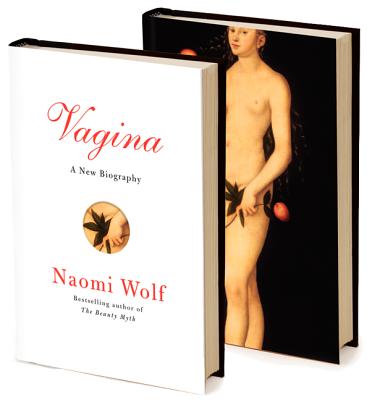
Here's what I know about forging: it is, for the most part, incredibly easy. Case and point: in high-school, having just seen Ferris Bueller's Day Off for the first time, I skipped school, took my parents' car, and went to visit my friend Mark down in Decatur, Illinois, where I discovered the joys of looking at yourself in the mirror, inside a bar, packed with girls and bearded guys, by asking Brad, my sister's boyfriend at the time, to call the school secretary and pretend to be my father grieving the untimely death of his secretary, in an Italian/Russian accent (Brad was lousy at impressions, but I couldn't take any chances). Or the time I bought my friend a book over the phone using his credit card and signed the slip on his behalf. Good luck pulling that needle out of the haystack, U.S. Bank!
So easy, in fact, the ancient Greeks, Romans, and Jews convinced a billion some-odd readers of the Bible that Paul's letters, Peter's Gospels, and Jesus' infamous party impressions of Paul freaking out about man's redeemably inherent fallibility were, in a word, authentic. (It's common knowledge, for example, that Paul spent way more time freaking out about spiders than salvation.) Forgery and Counterforgery casts an unprecedented eye on the authors of Christian polemics, from the New Testament through the 4th century, who aimed to discredit themselves and the scholars who searched for the truth, for various political and religious reasons, among Christians and Pagans alike. Ancient critics argued that to forge was to deceive or lie; a catalyzing little verb that could and did and still incites debate between Christians, nonfiction writers, and fans of Joel Osteen. But what does it mean to "lie" within the context of an oral tradition? And what role does deceit play in writing and art-making today?

A fairly crucial one, apparently! At least if the title of Jonathon Keat's Forged: Why Fakes Are the Great Art of Our Age is any indication. According to the jacket description, "Keats uncovers what forgeries--and our reactions to them--reveal about changing conceptions of creativity, identity, authorship, integrity, authenticity, success, and how we assign value to works of art." From past Renaissance masters Michelangelo and Andrea del Sarto to Jasper Johns and Andy Warhol, Forged is an encaustic, evidentiary document in support of Picasso's famous saying that "Good artists borrow, great artists steal." Or was it Oscar Wilde? Who's to say? Anyway, if Forged presents an overview of theft throughout art history, Fakes enshrines the here and now. For more on that, read this. Now I know what you're thinking: "Colin, I thought this '12 Days of Book Lists' thing was about pairs, not triplets. What gives?" Well, I'm sorry, but the hits keep coming. It's like the Abba of blog posts, or the Billy Joel of blog posts, or whatever musical artist is currently in favor, you know, of blog posts. Which brings me to the fourth book on my list:
Ha! I joke because I'm scared of commitment. Well, not commitment so much as women. Phew! Talk about lifting a weight!
Moving on then to the true story of art forger Ken Perenyi who for more than 30 years has made a killing selling copies of great works by famous painters of the 18th- and 19th-centuries, and the fictitious one of Claire Roth, a young artist caught up in a two decade-old, unsolved crime against humanity! Or the aristocratic, east coast art world, rather, in B. A. Shapiro's novel The Art Forger. Perenyi's situation, plus his being called a maker of faux-masterpieces, reminds me of those, sometimes spot on, singers found in piano bars and sparsely attended outdoor summer concerts across the country that ape pop hits by the likes of Abba, Billy Joel, and what not, one after another, till all that remains of their individuality's the drink they chose to order with what tip money was left after paying dues to ASCAP and the waitress who begrudgingly took time off from paying customers to deliver Lady Gaga his Newcastle. That is, Perenyi's "masterpieces" are not only in the vein of greats like... let's see here... James E. Buttersworth... (seriously, we're talking famous artists here?)... but brushstroke by brushstroke copies made to trick the viewer into thinking that he or she is looking at an original. And what's the point of that? Besides the millions and millions of dollars, obviously, or (in the case of struggling background music cover bands) free chips and $20? Perenyi's brand new memoir, Caveat Emptor, is an attempt, if nothing else, to get to the bottom of a lifelong obsession with getting to the bottom of things. Or is that the plot of The Art Forger? Never mind, it was Picasso. Wilde said that "Fashion is a form of ugliness so intolerable we have to alter it every six months." Just after turning to himself in the mirror, taking back a swig of absinthe, and declaring "We've still got it," in my head.
Oh, what the hell, Vagina, by Naomi Wolf. Not Naomi Watts, as I was mistakenly inclined to tell customers, tag onto the end of the word "vagina," Google Image search, and begin simultaneously laughing at and running away from.Vagina. There is no joke I could make that wouldn't be getting at the fact that I am nine.




No comments:
Post a Comment